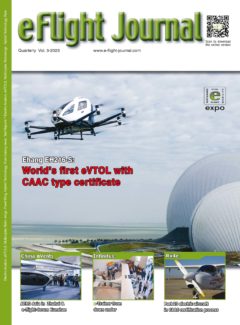
HY4 is a four-seat hydrogen fuel cells technology demonstrator. A team led by Prof. Josef Kallo from the DLR Institute of Engineering Thermodynamics at the German Aerospace Center has been developing HY4’s powertrain and worked with industry and research partners Pipistrel, H2FLY, the University of Ulm, and Stuttgart Airport to make the maiden flight in 2016 a reality.
Since HY4 has more than one seat, it literally can be called the world’s first passenger aircraft powered by a hydrogen fuel cell system. Down the road, the team is partnering with Deutsche Aircraft to develop a hydrogen-powered Dornier 328, a 40-seat aircraft covering up to 2000 km, by 2025.

The aircraft was built by the Slovenian airplane manufacturer Pipistrel, and consists of two Pipistrel Taurus G4 motorglider fuselages connected by a common central-wing section on top of which the propulsion unit is located. This consists of an 80kw electric motor with the propeller in front and three low-temperature hydrogen fuel cells behind. The hydrogen is carried in two high-pressure tanks made of carbon fiber, located in each of the two fuselages just aft of the passenger cabin. HY4, as a technology demonstrator, can fly at a cruising speed of 145km/h and maximum speed of approximately 200km/h. Its range varies from 750km to 1,500km, depending on the speed, load and altitude parameters. The empty weight of HY4 without the fuel cell, battery and storage system is approximately 630kg, whereas the maximum weight is 1,500kg.


With the success of HY4, the team aimed more ambitious goals. In 2021 H2FLY, the managerial body of HY4 project, secured a large funding both through a strategic investor and a wide range of government-backed research grants. A sixth-generation fuel cell engine, powering the latest HY4 model, was designed by Josef Kallo and his team. Despite the difficult circumstances, the modified HY4 took off on 6 November 2020, in Slovenia, towards a new horizon of commercial prospect.
